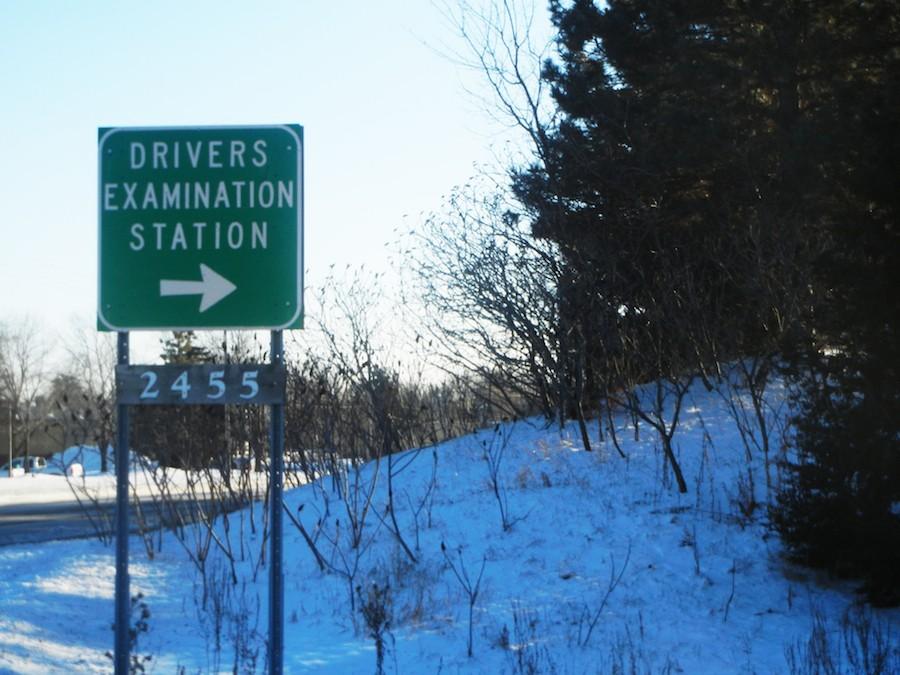Provisional license requirements revised
New law requires more preparatory driving hours
January 17, 2015
Junior Mellissa Clarke said she was relieved when she finished her driving requirements before a new law took effect. The law changes the application process for a road test, making it more time consuming.
Minnesota now requires 50 hours of supervised driving, in addition to the six hours of behind-the-wheel training, before taking the road test.
Teenage drivers must show this completion through a log sheet signed by a parent or guardian to turn in on the day of their provisional license road test, according to Allison Luskey, a driver’s education teacher.
“In the past it has been recommended to complete these hours, but this law is a way to back up the recommendation and make sure kids are getting enough practice time with the supervised driver,” Luskey said.
Driving time is reduced to 40 hours if a parent or guardian of the applicant attends a 90-minute parent learning class set up by the applicant’s driver’s education teacher.
This is the only method of reducing the required hours of driving with their permit, according to Luskey.
“I think what the state is asking for is for the kids to have more practice time and show and take responsibility for the amount of hours they are in the car practicing,” Luskey said.
Luskey said she believes this law will make drivers more prepared in the future.
“The more hours of practice with a supervised driver in the car the better,” Luskey said. “It’s not like there are perfect drivers out there, but the more time a student has behind the wheel and practicing in different situations, the better drivers they will be.”
Clarke said she plans on taking the road test to receive her provisional license within the next month.
She said she believes the law will lower the risk associated with teen driving.
“There are so many accidents with people under 18 so more rules are being enforced to help younger people be better drivers,” Clarke said.
Although the law benefits teenage drivers, it may be excessive, according to Clarke.
“It’s a little annoying to complete all these hours, it means more time on your hands to prepare for the test,” Clarke said.
Sophomore Nate Stone said he believes this new requirement will hurt some teenagers’ abilities to take the road test but the change is a positive addition.
“While the abrupt change may have been difficult for some to make up, the overall effect should be a good thing,” Stone said.
Stone said he believes the new law will aid in the safety of teenage drivers.
“If a driver is more prepared on day one of having their license, they will be better and safer drivers,” Stone said.





